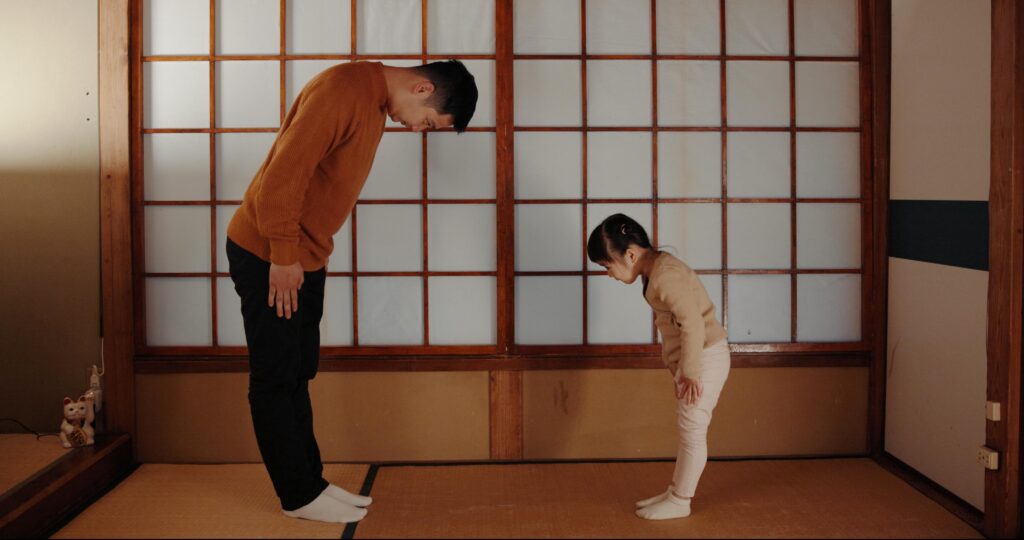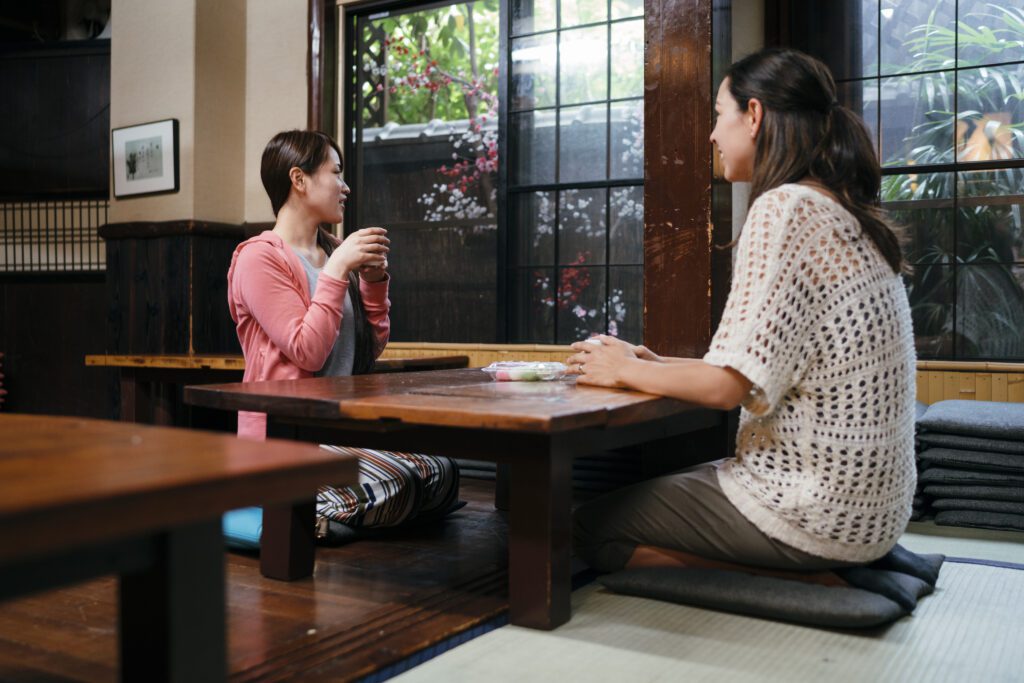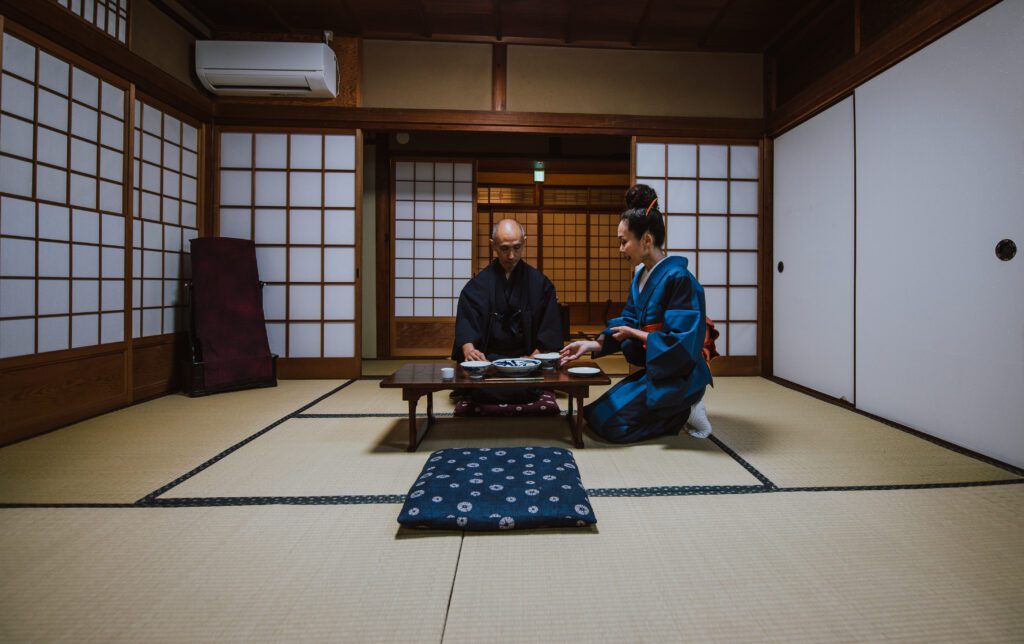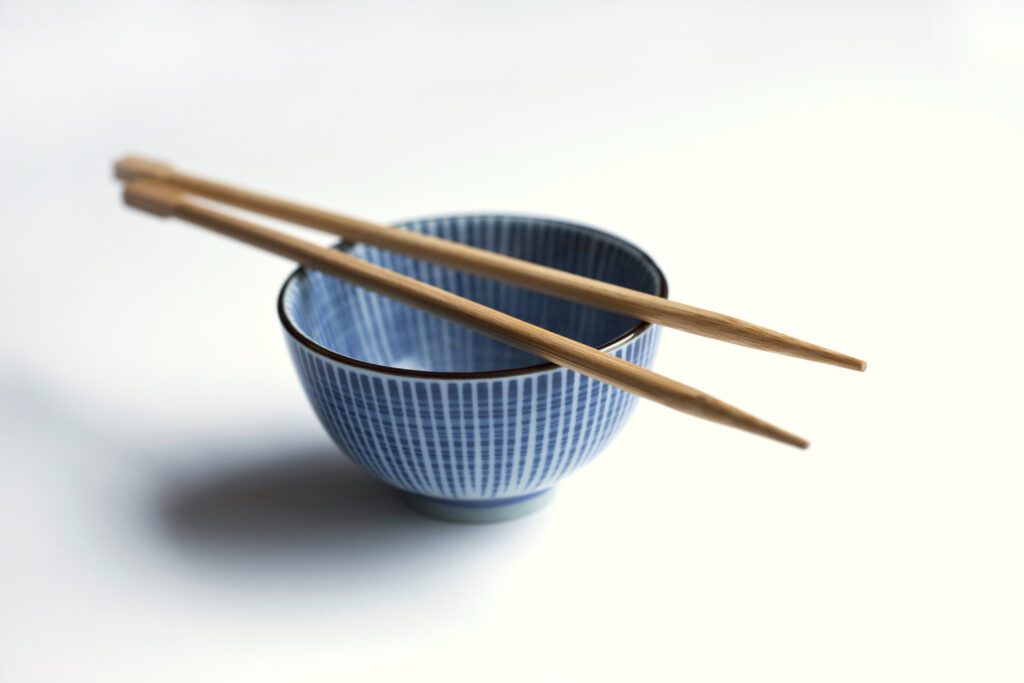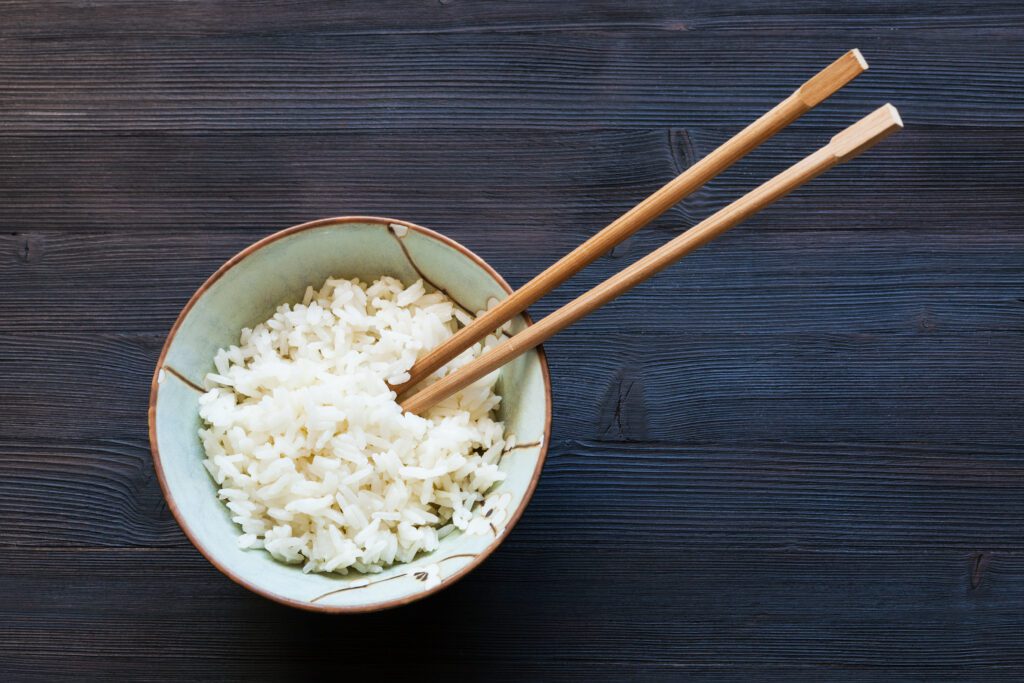What Is Tempura? Your Guide to Crispy Perfection
You’ve seen it on the menu, but what is tempura exactly?
Originating from Japan, tempura has captivated taste buds worldwide with its light and airy batter coating everything from vegetables to seafood. Whether you’re a seasoned home cook or a curious food enthusiast eager to explore new flavors, tempura promises a delightful experience.
With years of skilled training, Kobé Japanese Steakhouse is here for your culinary lesson in this beloved Japanese cuisine. In this blog you’ll learn exactly:
- What is Tempura?
- What is in the Batter?
- Common Tempura Dishes
- How to Cook Tempura
So get your taste buds ready, because by the time you finish reading this, you’ll want to try it for yourself!
What Is Tempura?
Tempura is a style of cooking used in Japanese culture. It is believed to have started in the Edo period of Japan (1603-1868) with street vendors that surrounded the fish markets.
There is some dispute that tempura actually came from Portugal. Many Portuguese missionaries traveled to Japan during the Edo period and may have brought the cooking techniques with them, later being adopted by Japanese cuisine.
Tempura is similar to how many restaurants fry their food. The food, whether it be traditional seafood or vegetables, are lightly dipped in a batter and fried. The batter used creates a light and crispy texture to the food, sealing the flavors inside but not overtly saturating the food in oil.
What Is in the Batter?
For many cooks, the batter is what makes the dish. Traditional Japanese tempura batter uses a combination of three common ingredients:
Flour
Like with most batters, flour is the main ingredient. It produces the breaded texture seen on the outside of the food.
Eggs
Eggs act as the binding agent and add structure to the batter. This is aided by the elevated fat content found in the yolk of the egg.
Ice Water
Ice water is the most underappreciated of the ingredients in the batter. Cooks use ice water over room temperature because the ice slows the formation of gluten during the cooking process.
This allows for a crispier cook while not allowing the batter to absorb the oils in the frying pan during the cooking process.
Common Types of Tempura
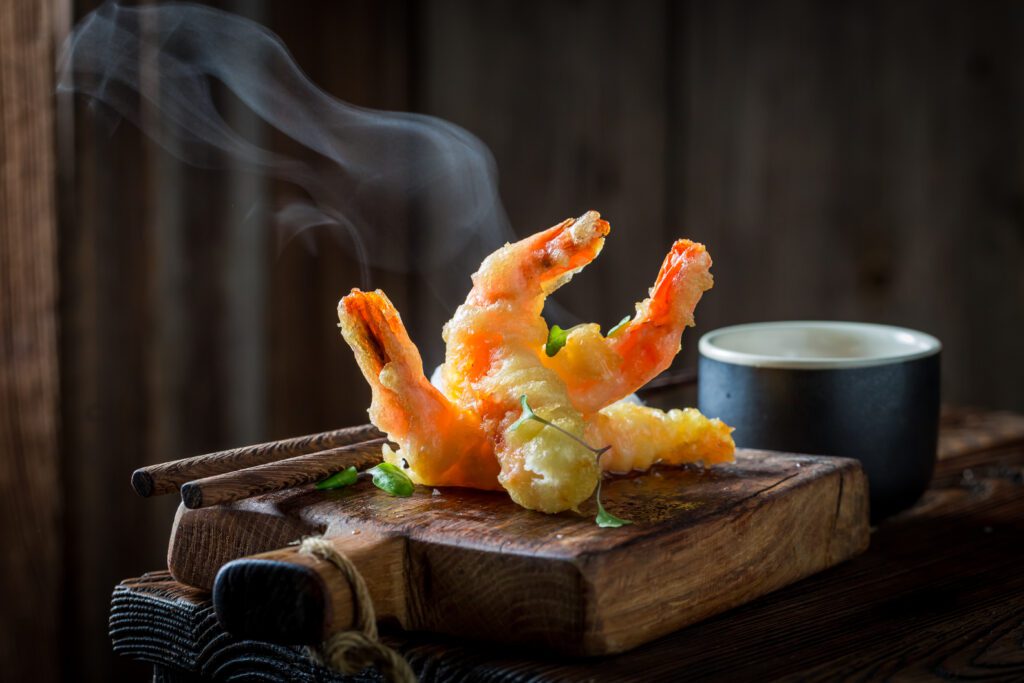
Your taste buds are ready now. It’s time to look at the common types of tempura foods you can order at your favorite Japanese steakhouse. With all of the options available, you may have a problem picking just one!
Shrimp Tempura
Seafood is a staple of Japanese cuisine, especially shrimp. It is believed that shrimp tempura was the first use of the cooking style in Japan. While any type of shrimp can be used, tiger prawn shrimp are the traditionally used shrimp in Japan.
Just be sure to peel them before you fry them.
Tempura Sushi
Tempura is one of Kobe’s many available sushi options and is the most popular version of tempura today. Tempura rolls are often served either partially fried or completely fried.
Partially fried involves the cooks only frying the main ingredient(s) in the roll. This would include the shrimp, vegetables, or other foods mainly found in sushi. The remaining ingredients, like other vegetables and rice, are then rolled around the fried food and served as such.
The other option is when the cook fries the entire roll instead of just part of it. This means the batter goes on the outside of the roll and it is then fried as one piece. Individual pieces are not traditionally fried because it is a clean-up nightmare for the pieces of rice that may fall out of the roll.
Vegetable Tempura
For those looking for a vegetarian option, we didn’t forget about you!
Vegetable Tempura is very common in Japanese cuisine. Traditionally, root vegetables such as potatoes and squash are used in this form of tempura because they provide a crispier finish with the batter. The added starch means there is less liquid in the ingredients. This results in a crunchier finish to the tempura coat.
Other vegetables are also used like peppers, onions, green beans, and even pumpkin.
Chicken Tempura
If you’re not a fan of seafood, but still want some protein, there is an option for you too.
Chicken tempura is an insanely popular dish in the United States. In fact, the tempura batter is used for many fast food restaurants as their main batter for their chicken nugget meals.
The only note on ordering chicken tempura is that the meal is heavier than usual tempura meals. This is due to the amount of liquid in the chicken that absorbs the oil during the frying process.
How to Cook Tempura
Now that we know what is involved in cooking tempura from the batter to the base main foods, it’s time to learn how to cook it yourself!
Ingredients:
1 Cup All-Purpose Flour
1 Large Egg, Beaten
1 Cup Ice Water
Pinch of Salt
Vegetable oil for frying (Use a tasteless oil like canola, grapeseed, or avocado)
Protein or Vegetable of Choice
Cooking Instructions
- Prepare the ingredients: Cut your vegetables or seafood into bite-sized pieces. Pat dry them before dipping in the batter.
- Make the batter: In a mixing bowl, combine the flour and salt. Gradually whisk in the beaten egg and ice water until the batter is smooth. It’s okay if there are some lumps. The key is to keep the batter cold by using ice water.
- Heat the oil: Pour vegetable oil into a deep skillet or pan, filling it about 2 inches deep. Heat the oil over medium-high heat until it reaches around 350-375°F (175-190°C). Use a thermometer to monitor the temperature.
- Dip and fry: Dip the vegetables or seafood into the batter, coating them evenly. Carefully place them into the hot oil, a few pieces at a time, making sure not to overcrowd the pan. Fry until they are golden brown and crispy, about 2-3 minutes for vegetables and 3-4 minutes for seafood. Use a slotted spoon or tongs to remove them from the oil and place them on a plate lined with paper towels to drain excess oil.
- Serve & Enjoy: Serve the tempura immediately while it’s still hot and crispy. You can serve it with dipping sauce on the side.
Enjoy Tempura at Kobé Japanese Steakhouse
Now that you know all about the process, but you don’t feel like cooking yourself, enjoy some house-made tempura at Kobé Japanese Steakhouse! We offer all of your favorite dishes tempura-style from shrimp to vegetables!
No time to sit down? Order it to go! See all of our locations here.
Enjoy classic and traditional Japanese cuisine cooked by professional chefs who have mastered the culinary arts of Japanese cooking. Experience tempura done right! The crunchy, but still airy and light flavors are sure to have you coming back again and again.
